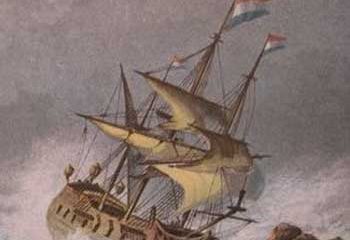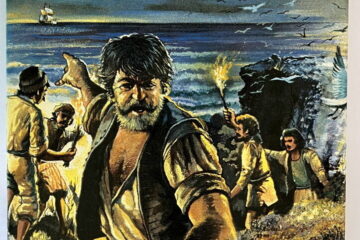Maatsuyker Island is named after Joan Maetsuycker, the The Dutch Governor of Zeylan (present-day Sri Lanka) during the Dutch period in Ceylon and later the Governor-General of the Netherlands East Indies from 1653 to 1678.
The island was named by Dutch explorer Abel Tasman, who named it after Maetsuycker in honour of his service to the Dutch East India Company.
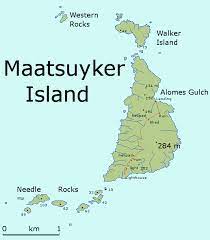

Joan Maetsuycker: A diplomat and strategist in the Netherlands East India Company’s epoch.
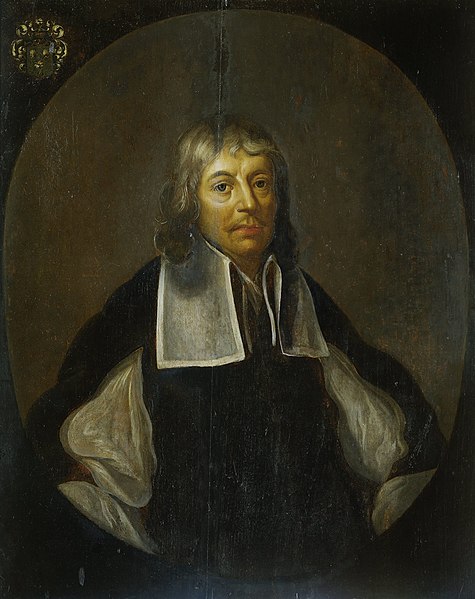
Joan (or Johan) Maetsuycker, hailing from a Catholic background, embarked on a remarkable journey from legal studies in Leuven to a distinguished career in the Netherlands East India Company (VOC).
Maetsuycker’s early life saw him studying law in Leuven before establishing himself as a lawyer in Amsterdam. In 1636, his trajectory took an adventurous turn when he set sail for Batavia, becoming a pensionary of the Council of Justice and later a council extraordinaire and tax advocate in the Council of the Indies.
Tasked by the Governor of the Netherlands East Indies, Antonie van Diemen, Maetsuycker played a crucial role in compiling the Statutes of Batavia, a comprehensive code of law for the Indies. His dedication to collecting placards and regulations laid the groundwork for legal governance in the region.
In 1644, he led an attack on Goa, and in 1646, he brokered a truce with the Portuguese in Goa and negotiated a border settlement on Ceylon. He became and remained the only catholic appointed governor of the Netherlands East Indies. As the governor of Ceylon, he skilfully navigated tensions with the king of Kandy, showcasing his diplomatic finesse.
Maetsuycker’s strategic decisions during conflicts such as he Chinese threat under Coxinga, including the siege of Colombo and the conquests of Jaffna, Tuticorin, and Nagapattinam, significantly impacted the VOC’s presence on the Malabar coast. negotiations. These military successes, despite the challenges posed by the Portuguese and local rulers, marked a significant expansion of VOC’s influence on the Malabar coast.
Maetsuycker’s career also had an enduring impact on the Dutch presence in Taiwan, marked by his strategic decisions, witnessed significant changes, including agricultural advancements and infrastructure development.
A key event in Maetsuycker’s personal life was his remarriage in 1664 to Elisabeth Abbema. Elisabeth’s controversial actions, importing gold coins from Japan and trading outside the VOC’s purview, added intrigue to Maetsuycker’s later years.
Joan Maetsuycker’s legacy as a diplomat, strategist, and key figure in the VOC’s history remains etched in the annals of maritime trade and colonial governance during the 17th century.
Source Wikipedia (Dutch)
Maetsuyker Island
Located close to the south coast of Tasmania, Australia is a 186-hectareisland and part of the Maetsuyker Islands Group, and comprises part of the Southwest National Park and the Tasmanian Wilderness World Heritage Site.
The Maetsuyker Island Lighthouse, the southernmost Australian lighthouse, is located on the southern tip of the island. The island is part of the Maetsuyker Island Group Important Bird Area, identified as such by Birdlife International because of its importance as a breeding site for seabirds.
Maetsuyker Island is currently inhabited by volunteers, swapped out every 6 months, the improvements on it are being maintained by the Tasmanian Government and volunteer organisations interested in preserving the history of the island and the lighthouse.
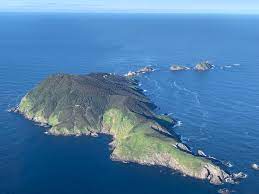

Source: Wikipedia
See also: Dutch Merchantman Maetsuyker: From Escape to Hospital Ship in World War II

